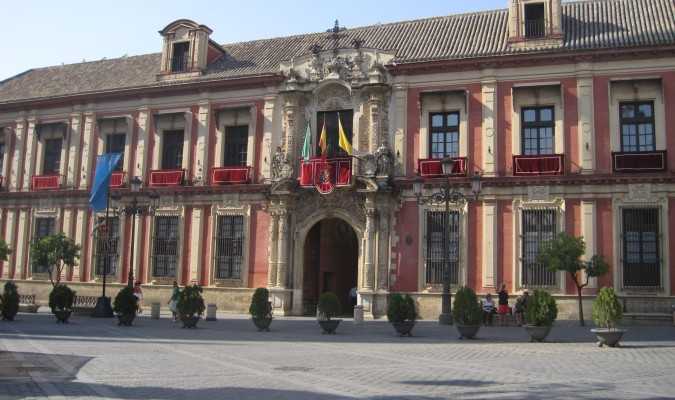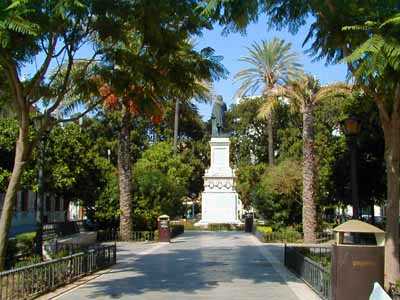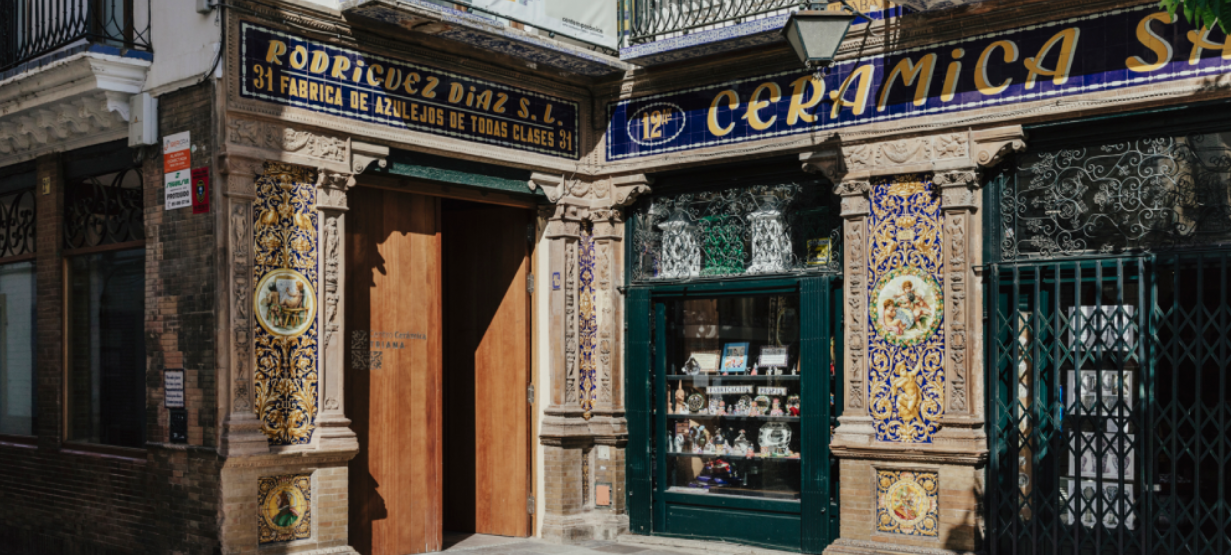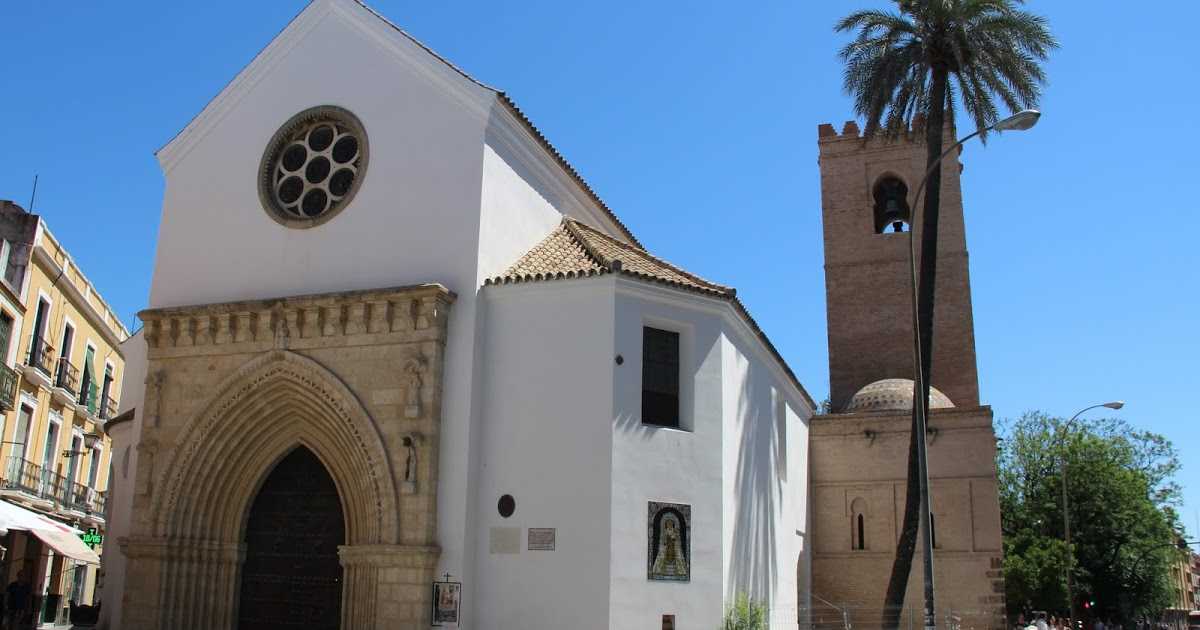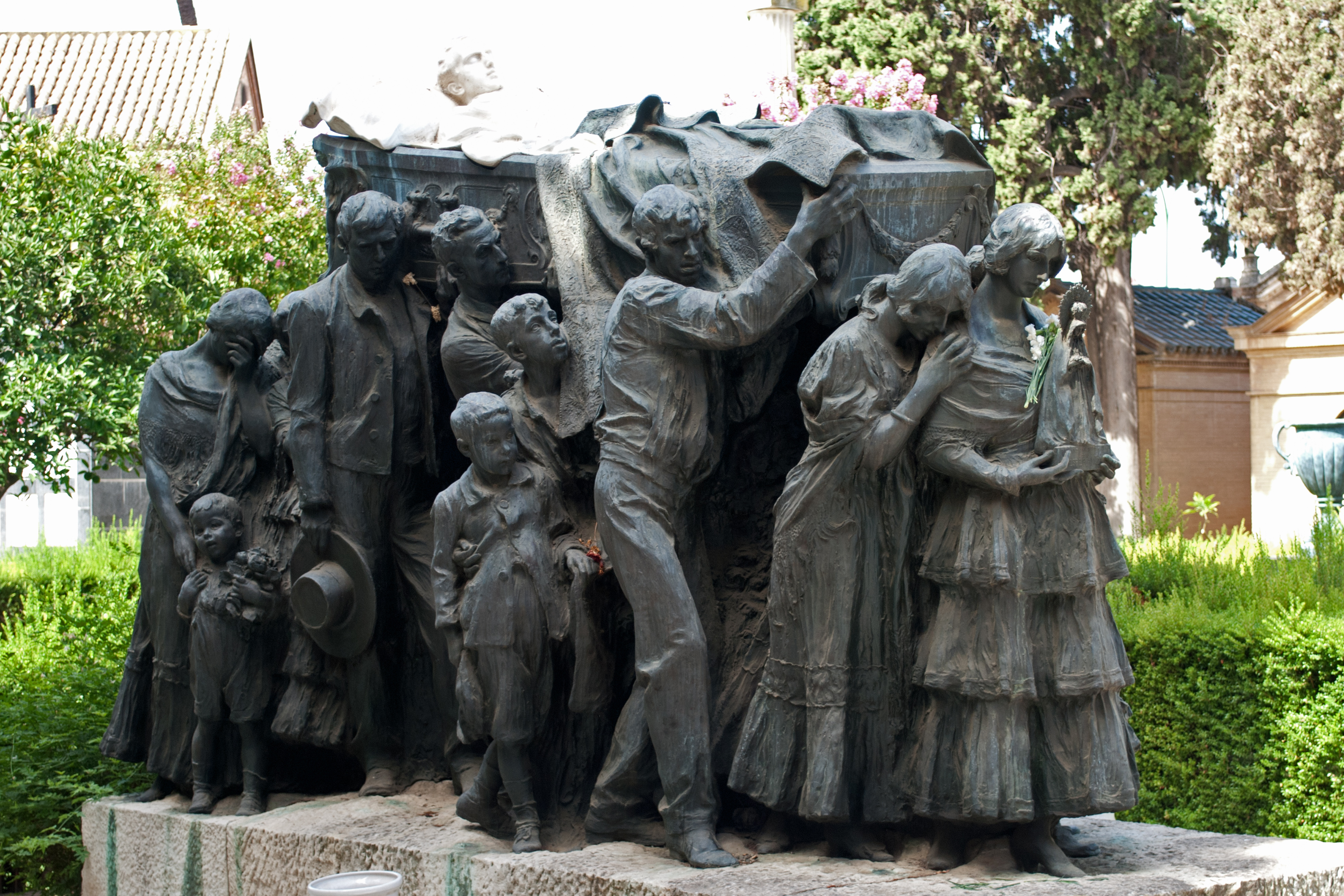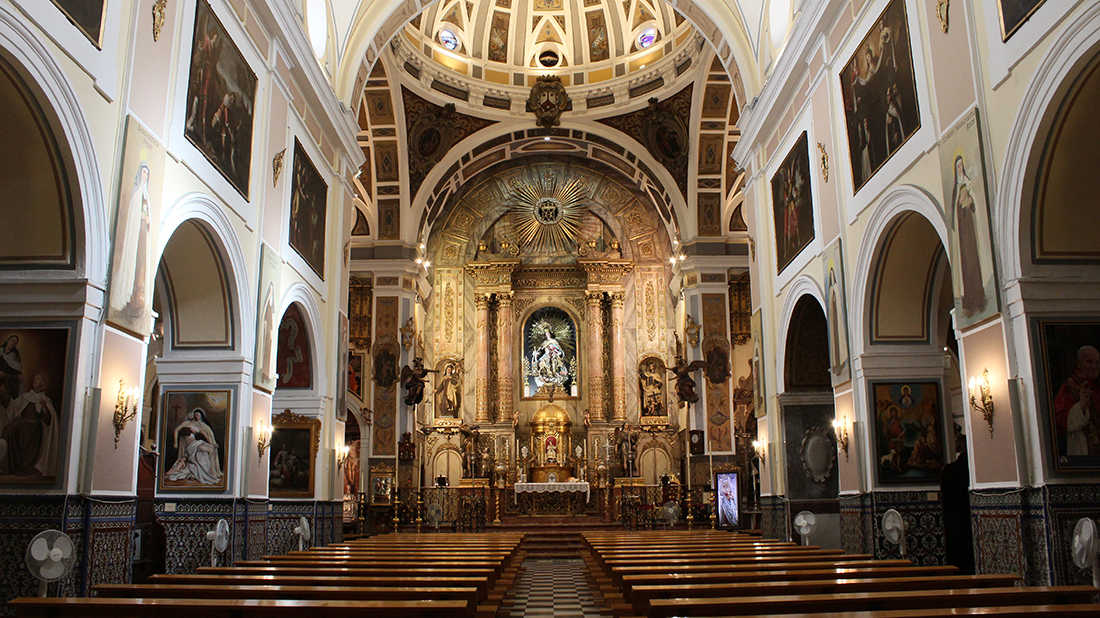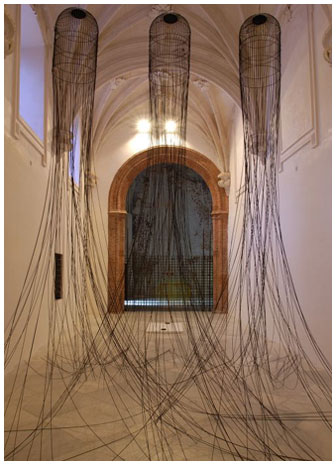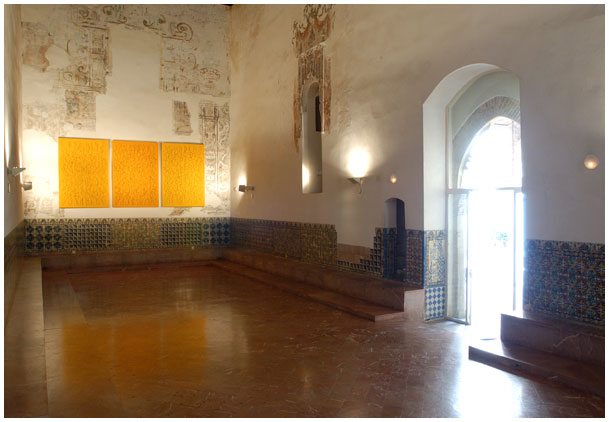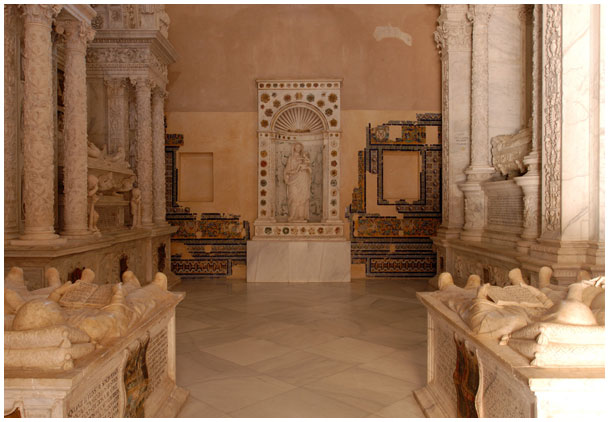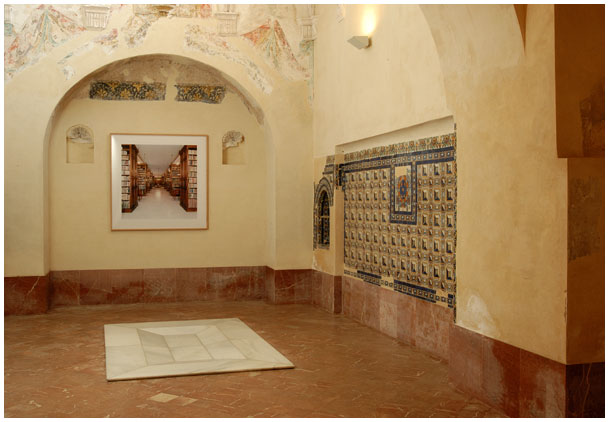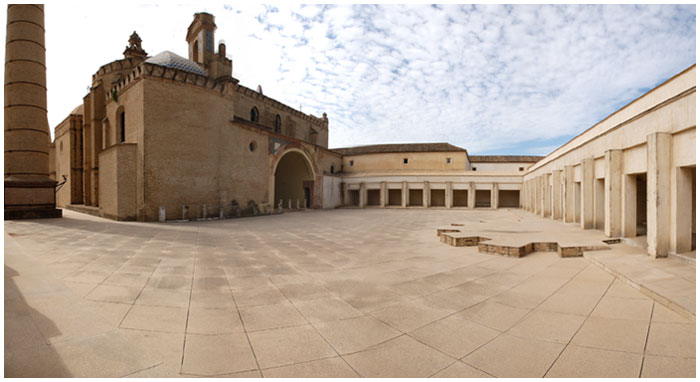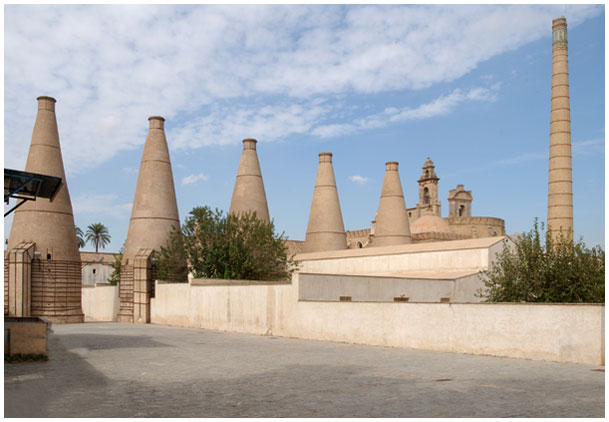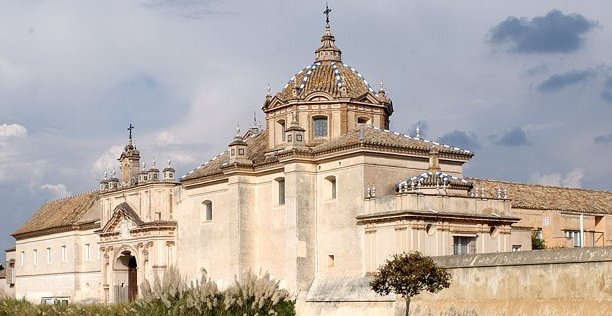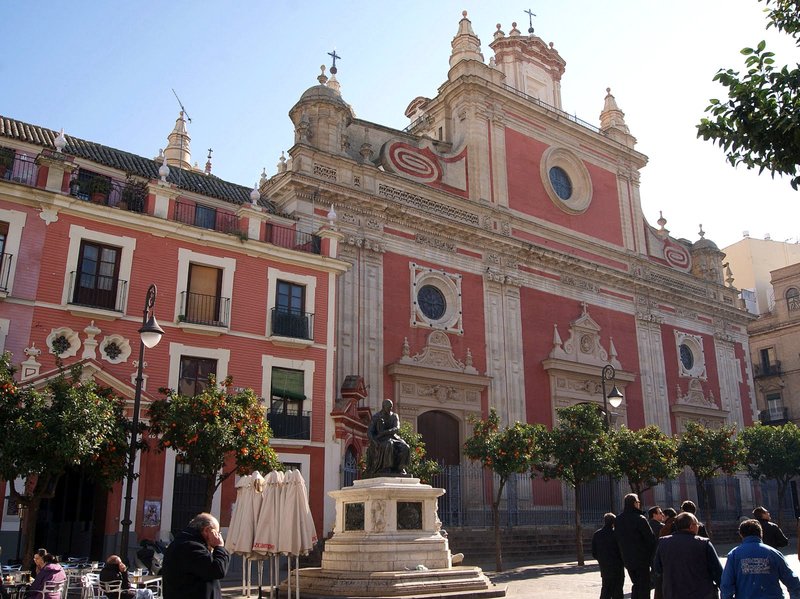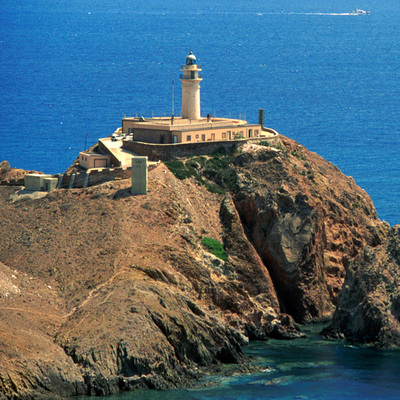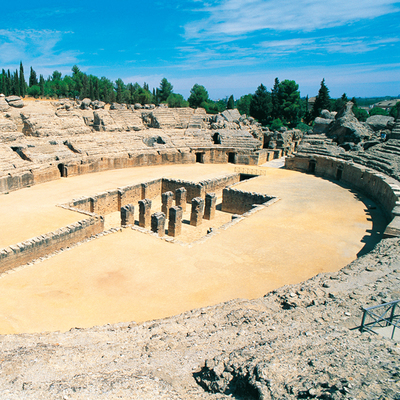Contemporary Andalusian Art Centre Monastery of Cartuja
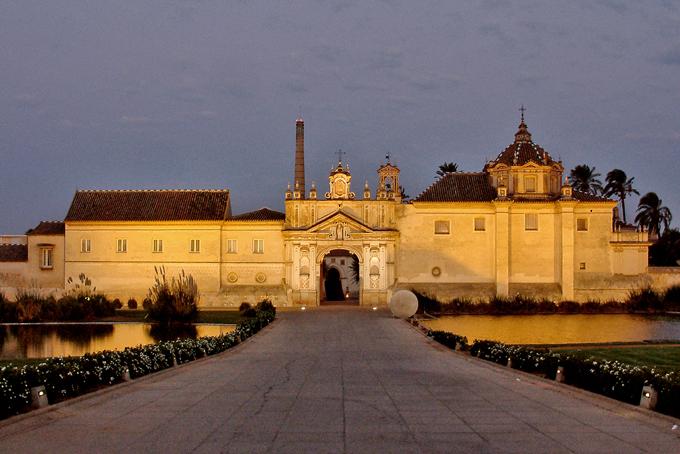
The Contemporary Andalusian Art Centre (CAAC), or Contemporary Andalusian Art Centre) was created in February 1990 in order to endow the region with an appropriate institution for research, conservation, promotion and dissemination of contemporary art. Subsequently, works began to be acquired so as to take the first steps in establishing a permanent contemporary art collection.
From the outset, one of the main targets of the Contemporary Andalusian Art Centre has been to develop a programme of activities, clearly focused on education, promoting research and all possible expressions of international contemporary artistic creation. Temporary exhibitions, seminars, workshops, concerts, events, recitals, film seasons, and lectures, etc., have been the communication tools used for this purpose.
In 1997, the Cartuja Monastery became the headquarters of the Centre. The Centre's cultural agenda was thus complemented with a visit to the Monastery, which hosts an important artistic and archaeological heritage, the result of a long history. Located on the Isla de la Cartuja in Seville, in an area rich in mud rocks and clays, the Monastery of Cartuja originates from a small Franciscan hermitage which was built to venerate the Virgen de las Cuevas (1399). At a later date, it was turned into a Carthusian monastery.
Many noteworthy events occurred in the Monastery, for example for 30 years the remains of Christopher Colombus were buried here , and it was also a place where important historical figures, such as Philip II, Arias Montano or Teresa de Jesús were accommodated or sought seclusion.
La Cartuja was not just an important monument, it was a walled town in a constant state of change. En 1810, during the Napoleonic invasion, it was turned into a barracks by the occupying army. While in 1836, during the Mendizábel seizure of church lands, the monks were definitively expelled.
The Monastery, abandoned and in a ruinous state, was eventually acquired in 1839 by the English trader Charles Pickman. He would install a ceramic and china factory in 1841. At first the remains of the monastery were respected, but in the end, because of production demands, all the remains of the monastery were changed. Several chimneys and ten furnaces were built. Five of the furnaces can still be seen today, in fact they dominate the view of the monument. Production in the the ceramics and porcelain factory continued up to 1982, after which the building was renovated because of the upcoming 1992 Expo. A few years later, it became the headquarters of the CAAC.
From 01-10-2024
Monday
Closed
Tuesday
11:00 - 20:45
Wednesday
11:00 - 20:45
Thursday
11:00 - 20:45
Friday
11:00 - 20:45
Saturday
11:00 - 20:45
Sunday
10:00 - 15:15
Public holidays
10:00 - 15:15
Complete visit: €3.01 Visit only to Museum or Exhibitions: €1.80 Free admission: Tuesday to Friday, from 7 to 8 pm., and Saturday for EU citizens
Upcoming events

Services and infrastructure
Segments
Specialties
Open to visitors
You may be interested
